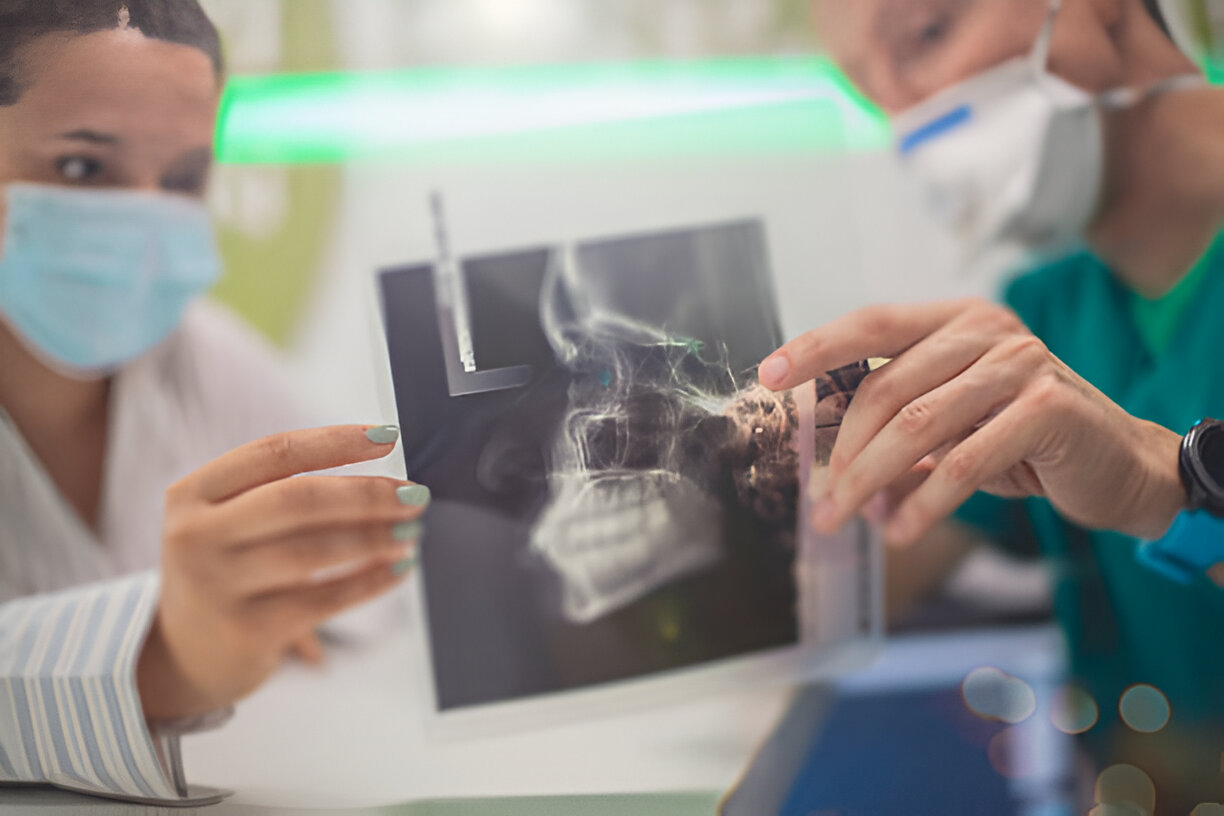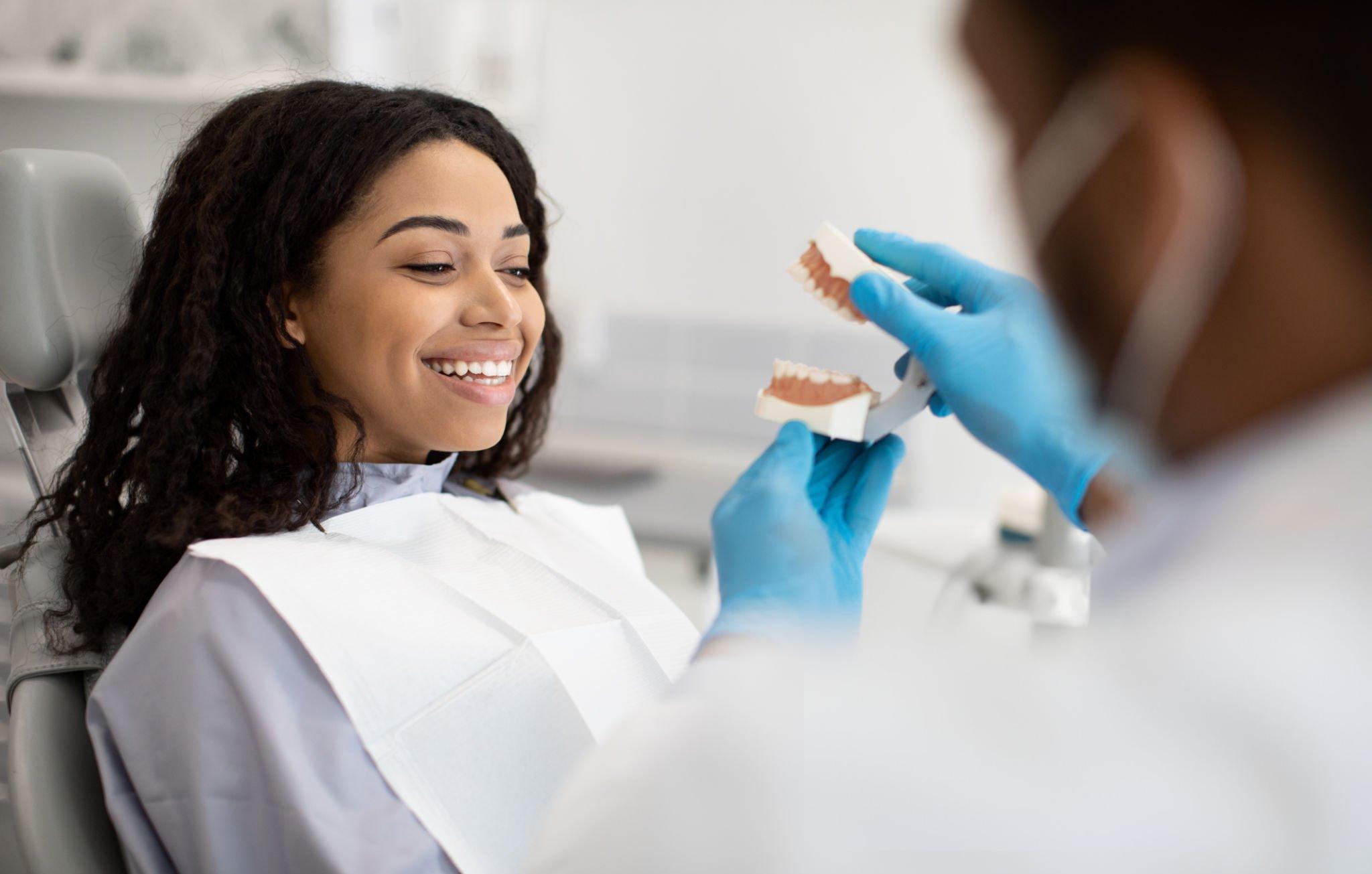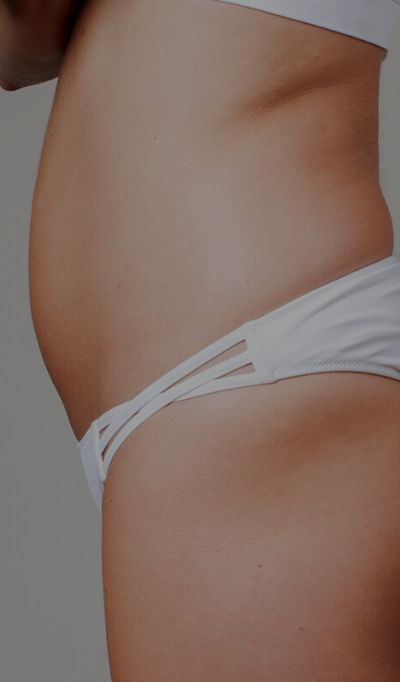
Is your abdomen area still looking flabby no matter how much you exercise and lose weight? If you have that problem, then a tummy tuck procedure might be what you need. We all know that the current trend in beauty does not only look at the shape of the face or how smooth it is, but also the shape of the body itself and its appearance.
The slimmer you are, the more you are in line with the trend. The flatter your abdomen is, the sexier you look. But what if exercise is not helping you out with your goal? How can you achieve that Miss Universe-like body with a toned and flat abdomen area? Read on and know more about the tummy tuck procedure and if this is for you.

What is Tummy Tuck?
Abdominoplasty, or more commonly known as a tummy tuck, is a cosmetic procedure that involves the removing of excess skin and fat as well as tightening the muscles in the abdomen area. This kind of surgery helps in smoothing and firming the abdomen area. Although the results are permanent, the results can still be affected over time by fluctuations in weight.
The tummy tuck surgery is not only applicable to people who are considered chubby, but also to individuals with normal weight who have protruding abdomens. The cause of these protrusions in the abdomens are aging, genetics, pregnancy, prior surgery, and constant changes in weight.
Who Can and Cannot Have a Tummy Tuck?
A flat and firm abdomen is a dream for most people since that is the current trend. However, not everyone is allowed to have tummy tuck surgery because of certain circumstances. A tummy tuck procedure is allowed for you if:
- You are slightly obese
- You are someone who has lost the elasticity of the skin because of aging
- You are a woman whose skin muscles has loosened because of pregnancy
- You are someone who has a protruding abdomen due to excess fat and genetics
On the contrary, a tummy tuck procedure is not the best option for you if:
- You plan to lose or gain a significant amount of weight
- You are considering getting pregnant in the future
- You have severe chronic conditions
- You have a body mass index greater than 30
- You are someone who smokes
- You had an abdominal surgery that caused a scar tissue
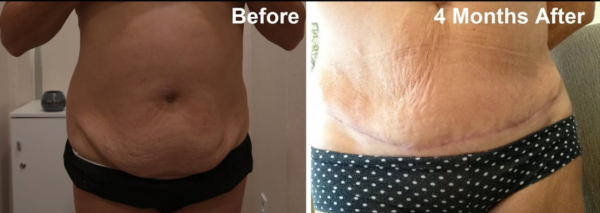
Tummy Tuck Procedure
A tummy tuck procedure is supposed to be done by a reputed surgeon who has expertise in the field of plastic surgery. The procedure’s duration is about 2-3 hours and uses general anesthesia or local anesthesia with sedation. The patient is required to stay in the hospital for at least three hours after the procedure. The area of the operation will start to look normal after two months from the day of the surgery and set fully after 6-12 months. The journey to a firmer abdomen begins with a consultation with the surgeon who will examine the area to operated and discusses to the patient what will happen during the surgery.
Step 1: Anesthesia- before the surgeon starts with the surgery proper, he will first administer anesthesia to the patient; in this case, the anesthesia used is the general anesthesia.
Step 2: Incision– this can either be an incision that is just above the pubic hairline or can go from hip to hip depending on whether it is full abdominoplasty or mini abdominoplasty.
This requires a horizontal incision which should be between the pubic hairline and the belly button.
- Then, the surgeon repairs and lifts the skin and other muscles in the abdomen
- There are times when an incision around the belly button is needed to remove excess skin from the upper abdomen.
- The excess skin in the upper abdomen is then pulled down, trimmed, and sutured
- Since the skin has covered the belly button, the surgeon will make a new opening where the belly button will be popped and sutured in place
Step 3: Closing the incisions- with the use of sutures, clips, and tapes, the surgeon will close the incised parts.
Step 4: Results- the results of the procedure shows drastic change and improvement in the abdomen of the patients in the pictures below. Results are visible as early as after the surgery. The result of abdominoplasty is long-lasting as long as the patient makes sure to maintain the proper diet and weight.
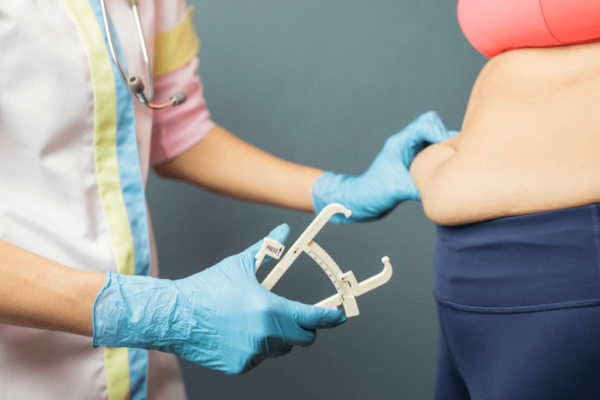
Recovery from Tummy Tuck Procedure
Partial recovery time from abdominoplasty may take up to two months while full recovery can reach up to one year. After having the surgery, there is a possibility that the surgeon will insert a tube in the area of the surgery which will be responsible for draining excess fluid.
For added success on the result, you will be required by the doctor to wear a compression garment. During the time of the recovery period, patients must as much as possible, avoid doing strenuous activities and also avoid lifting heavy objects.
Benefits of a Tummy Tuck Procedure
A tummy tuck procedure is at times associated with “mommy makeovers” since it helps women restore their figure and bodily functions after giving birth. Even though this is a cosmetic procedure, medical benefits from the procedure are astounding. Some of the benefits of having a tummy tuck include:
- Reduction of stress urinary incontinence
- Urinary incontinence is a problem associated with unstoppable leaking after vaginal birth; through a tummy tuck procedure, the bladder is obstructed by soft tissue in the pelvic area, thereby reducing incontinence.
- Improved abdominal tone
- With extreme weight loss and multiple pregnancies, the abdominal muscles tend to weaken that even exercise cannot fix it; through a tummy tuck procedure, the abdomen tightens to its original state.
- Ventral hernia correction
- The intestine or abdominal tissues break once you have extreme weight loss and surgeries like a C-section pocket forms and you will need a ventral hernia correction which is a lot like a tummy tuck procedure
There are certain instances when excess fats in our body cannot be solved by merely exercising. A tummy tuck or abdominoplasty removes these stubborn fats and excess skin. However, this procedure depends so much on having steady weight since weight gain can mean the recurrence of the excess fats and skin.
The procedure is quite complex since it will involve the whole abdomen area. Although complex as the procedure may seem, the results are guaranteed and instant as seen on the before and after pictures. The recovery for this procedure may take months and even a year depending on the complexity. What is commending for this type of plastic surgery is that the benefits are also medical-related and is not only for people who just lost weight but also for women who were pregnant and others who also had surgery before. Getting a plastic surgery like the tummy tuck may cost a lot, but we should always take note of the benefits we can reap from procedures like this not only cosmetically, but also medically.
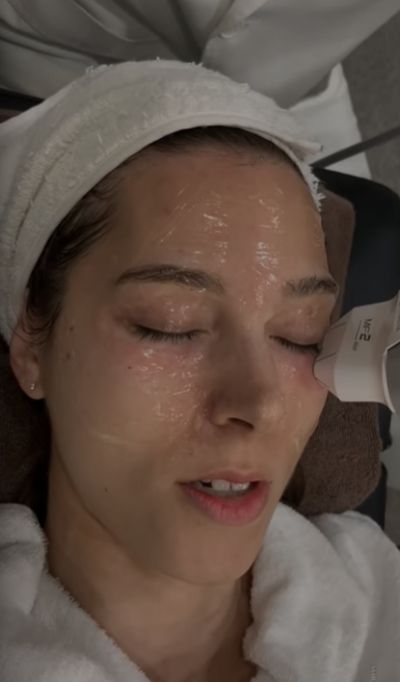
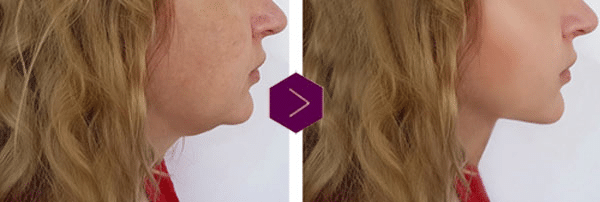

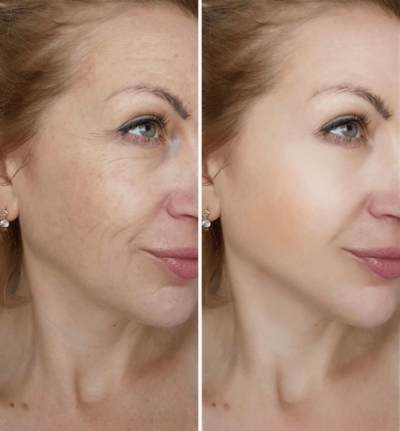
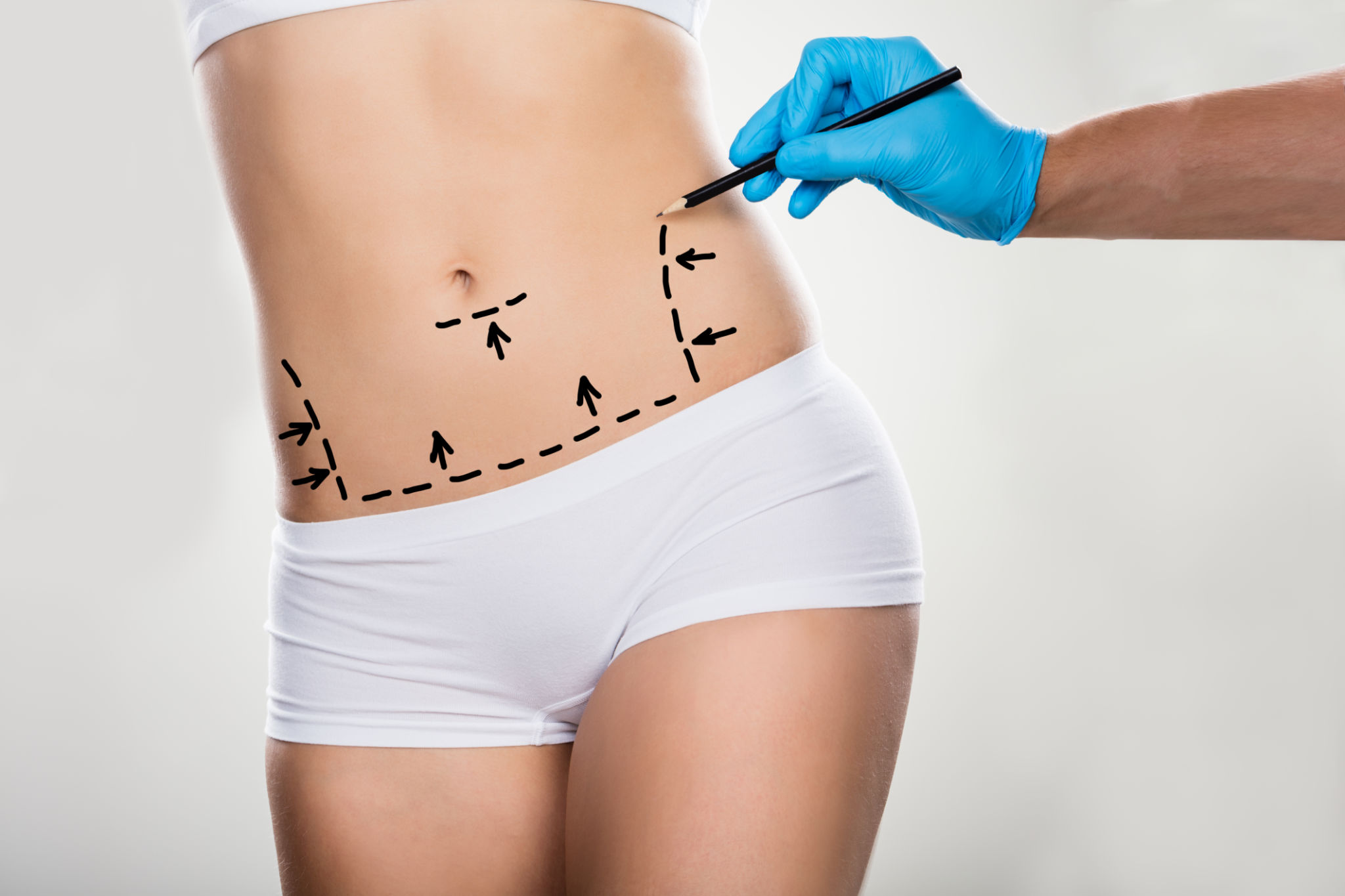
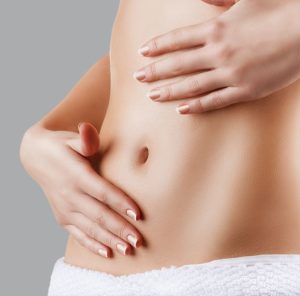













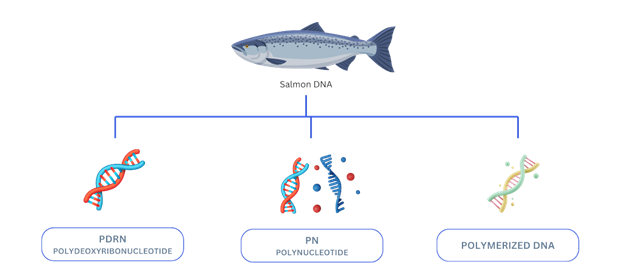
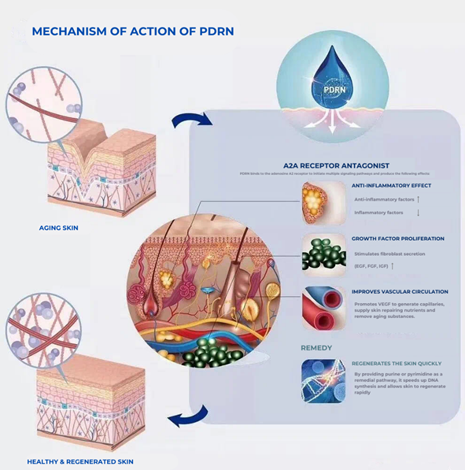
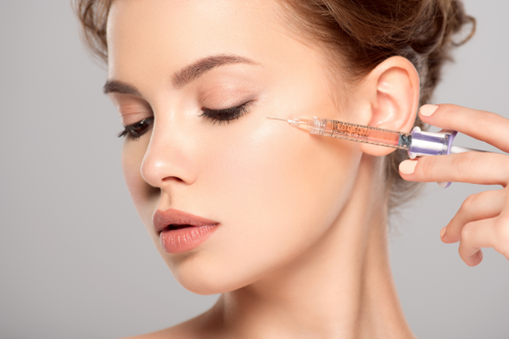













 7. Glass Skin Facial
7. Glass Skin Facial


